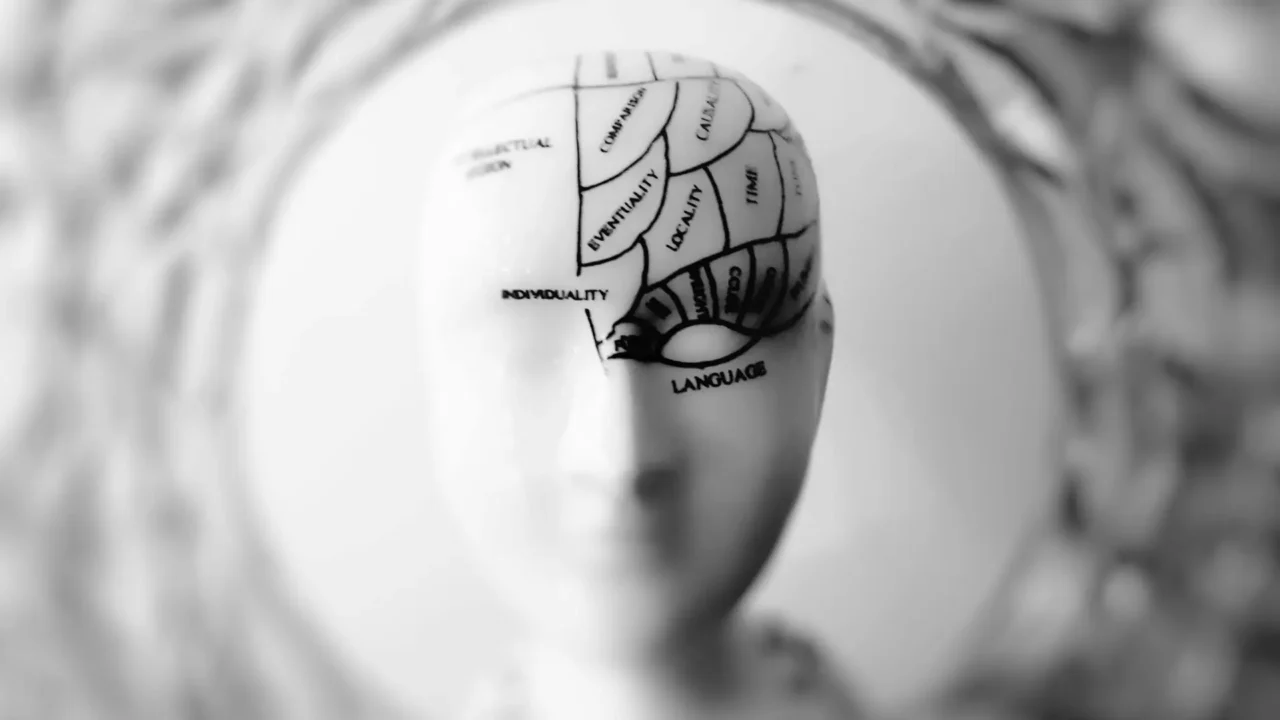Have you ever felt constantly on edge, easily overwhelmed, or emotionally numb? Do you struggle with anxiety, mood swings, or chronic stress? These symptoms may be signs of a dysregulated nervous system—a state in which your brain and body are stuck in survival mode, unable to properly regulate emotions, energy levels, and responses to stress. Understanding how trauma is stored in the brain can help explain these patterns.
Understanding nervous system dysregulation is key to healing from trauma, anxiety, and chronic stress. In this post, we’ll explore what it means to have a dysregulated nervous system, how it develops, and how Eye Movement Desensitization and Reprocessing (EMDR) therapy can help restore balance.
What Is a Dysregulated Nervous System?
The nervous system is responsible for regulating our responses to stress, emotions, and external stimuli. When functioning properly, it helps us stay calm in everyday situations and react appropriately to threats or danger.
A dysregulated nervous system, however, means that these responses are out of balance—often stuck in hyperarousal (fight-or-flight) or hypoarousal (shutdown/freeze mode).
Signs of a Dysregulated Nervous System
✔️ Hyperarousal (Fight-or-Flight Mode)
- Constant anxiety, panic, or racing thoughts
- Feeling “on edge” or easily startled
- Difficulty relaxing or sleeping
- Irritability, frustration, or emotional outbursts
- Rapid heartbeat or muscle tension
✔️ Hypoarousal (Freeze Mode)
- Feeling numb, detached, or “checked out”
- Lack of motivation or energy
- Difficulty concentrating or making decisions
- Feeling emotionally shut down or disconnected
- Struggling to experience joy or pleasure
Some people fluctuate between hyperarousal and hypoarousal, leading to emotional highs and lows, exhaustion, and feeling out of control.
What Causes Nervous System Dysregulation?
A dysregulated nervous system often develops due to chronic stress, trauma, or adverse childhood experiences (ACEs). These experiences teach the brain to stay in a constant state of alertness or shutdown, even when there is no immediate danger.
Common Causes Include:
✔️ Childhood Trauma – Neglect, emotional abuse, or unpredictable caregiving can condition the nervous system to remain in survival mode.
✔️ Chronic Stress – Long-term exposure to stressful environments (work, family, financial strain) overwhelms the body’s ability to regulate itself.
✔️ PTSD and Anxiety Disorders – Unprocessed trauma can keep the nervous system locked in a heightened state of alertness or dissociation.
✔️ Toxic Relationships – Ongoing emotional abuse or manipulation can make it difficult to feel safe and regulated.
✔️ Physical Illness or Chronic Pain – The nervous system can become overactive in response to prolonged discomfort or medical conditions.
How EMDR Therapy Helps Regulate the Nervous System
Eye Movement Desensitization and Reprocessing (EMDR) is a therapy designed to help the brain process unresolved trauma so it no longer triggers nervous system dysregulation. EMDR works by guiding clients through bilateral stimulation (eye movements, tapping, or tones) while focusing on past trauma, allowing the brain to reprocess distressing memories and restore balance.
Benefits of EMDR for Nervous System Regulation:
✔️ Helps the brain process and release trauma so it no longer triggers an overactive stress response.
✔️ Reduces hyperarousal and anxiety, allowing you to feel calmer and more present.
✔️ Eases feelings of emotional numbness or dissociation, helping reconnect with emotions.
✔️ Rewires the brain’s response to stress, making it easier to self-regulate.
✔️ Strengthens emotional resilience, so you can handle challenges with more stability.
Other Ways to Support Nervous System Regulation
✔️ Deep Breathing & Meditation – Activates the parasympathetic nervous system, helping shift from fight-or-flight to relaxation.
✔️ Physical Movement – Walking, yoga, or stretching can help release stored tension.
✔️ Grounding Techniques – Using the 5-4-3-2-1 method (sight, touch, sound, smell, taste) can help bring the nervous system back to the present.
✔️ Cold Exposure – Splashing cold water on the face or taking a cold shower can reset an overactive nervous system.
✔️ Therapy & Emotional Processing – Working with an EMDR therapist can help resolve the root cause of nervous system dysregulation.

Your Nervous System Can Heal
If you’ve been feeling stuck in survival mode, overwhelmed by anxiety, or disconnected from your emotions, you’re not broken—your nervous system just needs support. With EMDR therapy, you can help your brain and body find balance again.
💡 Elnita Ottey is an EMDRIA-certified EMDR therapist offering in-person and virtual sessions.
📍 In-person therapy is available in Monroe, NC, and the Charlotte Metro area.
💻 Virtual therapy is available to clients in Oregon, Oklahoma, Colorado, South Carolina, Tennessee, North Carolina, and Vermont.
🔍 Looking for an EMDR-certified therapist? Visit www.emdria.org to find a qualified professional near you.
🚀 Are you ready to regulate your nervous system and reclaim your emotional well-being? Contact Elnita Ottey today to begin your healing journey.








